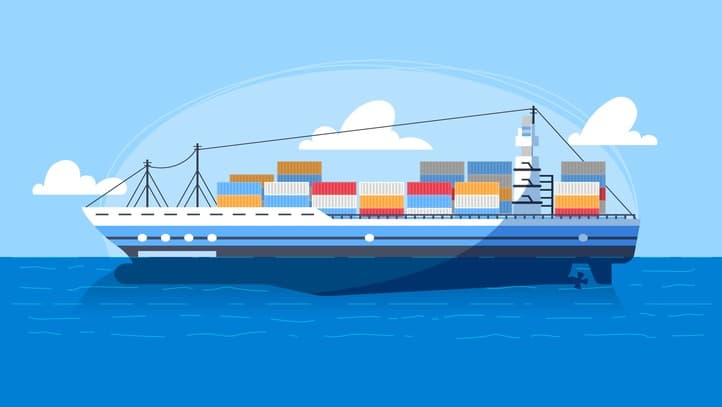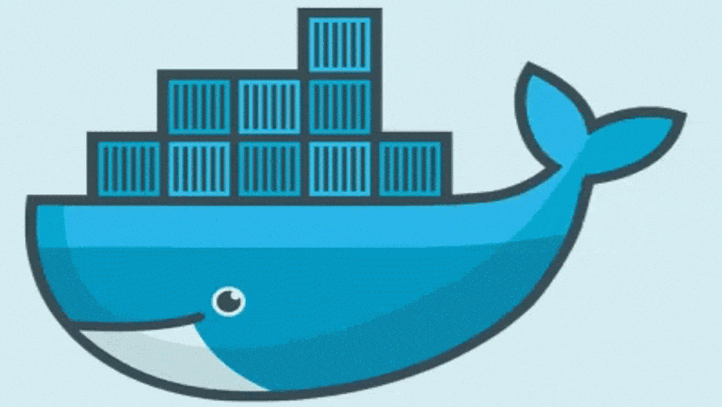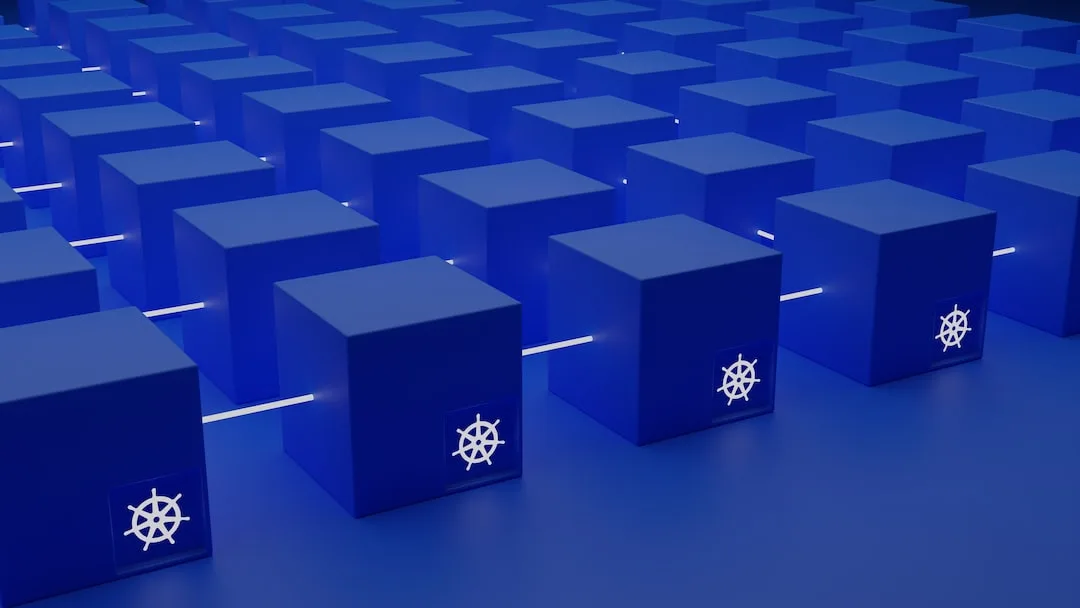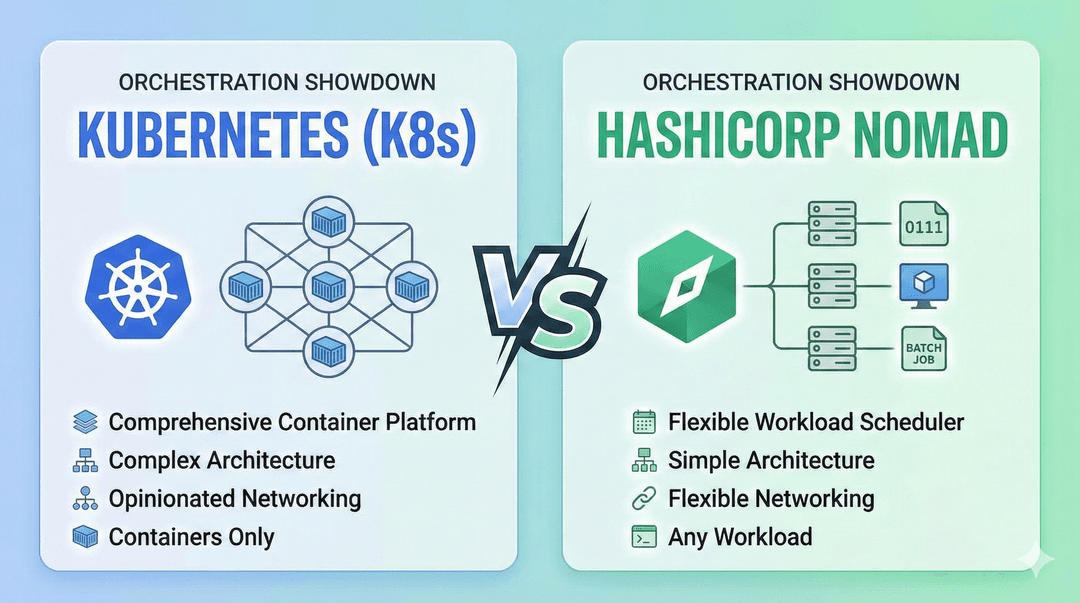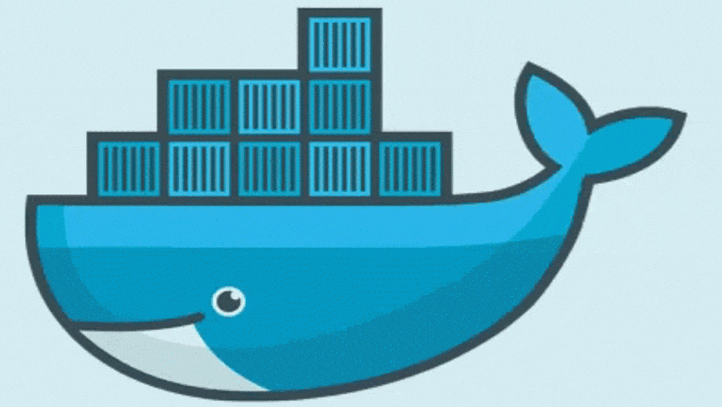
What is Docker and its use case?
- Sarvesh Mishra
- Software Architecture, System Design
- 17 May, 2023
Docker is a powerful tool that has revolutionized the way applications are deployed and managed. It is an open-source platform that allows developers to build, package, and deploy applications in a consistent and efficient manner. In this blog post, we will explore Docker and its uses
Docker uses a lightweight virtualization approach to package applications and their dependencies into a container. Unlike traditional virtual machines, Docker containers share the host operating system kernel, which makes them much more lightweight and efficient. This means that Docker containers can be spun up and down very quickly, making them ideal for use in cloud environments
Docker containers provide application isolation, which means that applications can be run in their own containers without interfering with other applications or the host operating system. This also makes it easy to move applications between different environments, such as development, testing, and production.
Docker provides a simple and consistent way to package and deploy applications. Developers can package their application and its dependencies into a Docker image, which can be easily deployed to any environment that supports Docker. This makes it easy to deploy applications to the cloud or on-premises, and also simplifies the management of applications in production
How Does Docker Work?
At its core, Docker employs containerization technology using the concept of images and containers. Let’s take a closer look at each:
Docker Images: A Docker image is a read-only template or blueprint used to create Docker containers. It includes the necessary dependencies, libraries, and binaries required for an application to run. Images are lightweight and can be easily shared, version-controlled, and distributed across different environments.
Docker Containers: A Docker container is an instance of an image that can be executed, allowing applications to run in an isolated and consistent environment. Containers are portable, ensuring that an application works seamlessly on any system where Docker is installed, regardless of the underlying infrastructure.
Key Benefits of Using Docker
Consistency: Docker ensures consistency across different environments by providing a standardized runtime environment for applications. Developers can build and test applications on their local machines and confidently deploy them in different production environments without worrying about compatibility issues.
Scalability: Docker’s container-based approach enables effortless scalability. With Docker, it is easy to spin up multiple containers, each running an instance of the application, and distribute the load across various containers. This flexibility empowers organizations to scale their applications based on demand, ensuring optimal performance.
Efficiency: Docker promotes efficient resource utilization by eliminating the need for separate virtual machines for each application. Containers share the host machine’s operating system kernel, resulting in faster startup times and reduced memory footprint. This streamlined approach allows for denser application deployment on a single host machine.
Dependency Management: Docker simplifies dependency management by encapsulating all required dependencies within the container image. This eliminates conflicts between different versions of libraries or packages and ensures that the application runs consistently across various environments.
Continuous Integration and Deployment (CI/CD): Docker seamlessly integrates with CI/CD pipelines, making it easier to automate the software development lifecycle. By using Docker, development teams can package applications into containers, test them, and deploy them to production environments more efficiently, resulting in faster time-to-market.
In conclusion, Docker is a powerful tool that has revolutionized the way applications are deployed and managed. Its lightweight virtualization approach, application isolation, and simplified deployment and management make it an ideal choice for modern application development. Whether you are developing cloud-native applications or managing legacy applications, Docker can help streamline your development and operations processes.
Let's Connect on:
